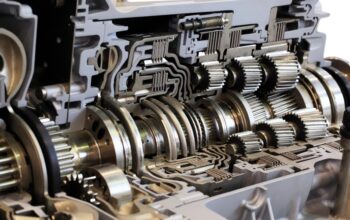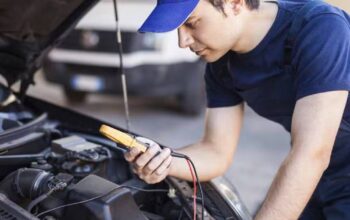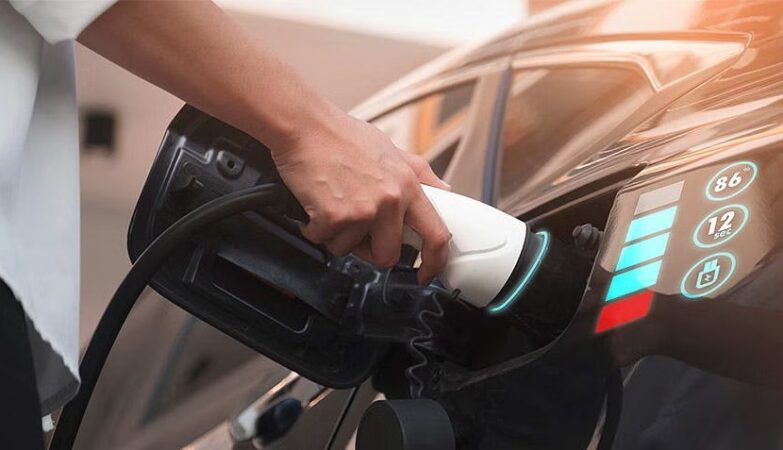One of the most important repairs for keeping your car’s braking system operating properly is replacing the master cylinder. In order to ensure that your car stops safely, this essential part is crucial in transferring force from the brake pedal to the brake pads. Here are some things to anticipate if you intend to replace your master cylinder.
Signs That Indicate a Faulty Master Cylinder
Knowing when a master cylinder has to be replaced is essential before beginning the replacement procedure. A spongy brake pedal, irregular braking or fluid leaks surrounding the master cylinder are typical indicators of a malfunctioning master cylinder. To prevent jeopardizing the safety of your car, you must take immediate action if you observe any of these indicators. If you’re in the area, Auto Repair in Watersford MI, can assist you with diagnosing and replacing your master cylinder to ensure your vehicle’s braking system is in optimal condition.
Preparing for the Replacement
There are usually a few essential steps involved in replacing a master cylinder. The first step is to collect the required tools and supplies, which may include new brake fluid, a brake fluid catch container, and wrenches. Additionally, it’s critical to make sure the car is positioned level and that the parking brake is applied. To avoid unintentional electrical shocks during the procedure, disconnecting the battery can be a smart safety precaution.
Removal of the Old Master Cylinder
The old master cylinder must be removed next. This can be difficult in automobiles with narrow brake component spaces. Disconnect the master cylinder brake lines and drain the brake fluid reservoir. Remove the master cylinder-brake booster mounting bolts or nuts. If rust or corrosion has collected around the cylinder or bolts, this technique may require dexterity.
Installing the New Master Cylinder
You can start installing the new master cylinder after removing the old one. It’s crucial to confirm that the new cylinder fits the make and model of your car. The brake lines should be reattached to the new master cylinder, which should be placed in the same location as the previous one. To prevent leaks, make sure all connections are tightened.
Bleeding the Brakes
Air in the brake lines must be bled after installing the new master cylinder. This method ensures efficient brake response and proper hydraulic pressure. You may need help pushing the brake pedal when opening and closing the brake bleeder valves. After the air is released and the brake pedal feels firm, refill the brake fluid reservoir.
Conclusion
Changing the master cylinder is an essential maintenance procedure to maintain the best possible condition of your car’s braking system. You may approach this repair with confidence if you comprehend the procedure and are aware of any potential difficulties. Always take the required safety precautions, and for detailed instructions, refer to your car’s manual.







